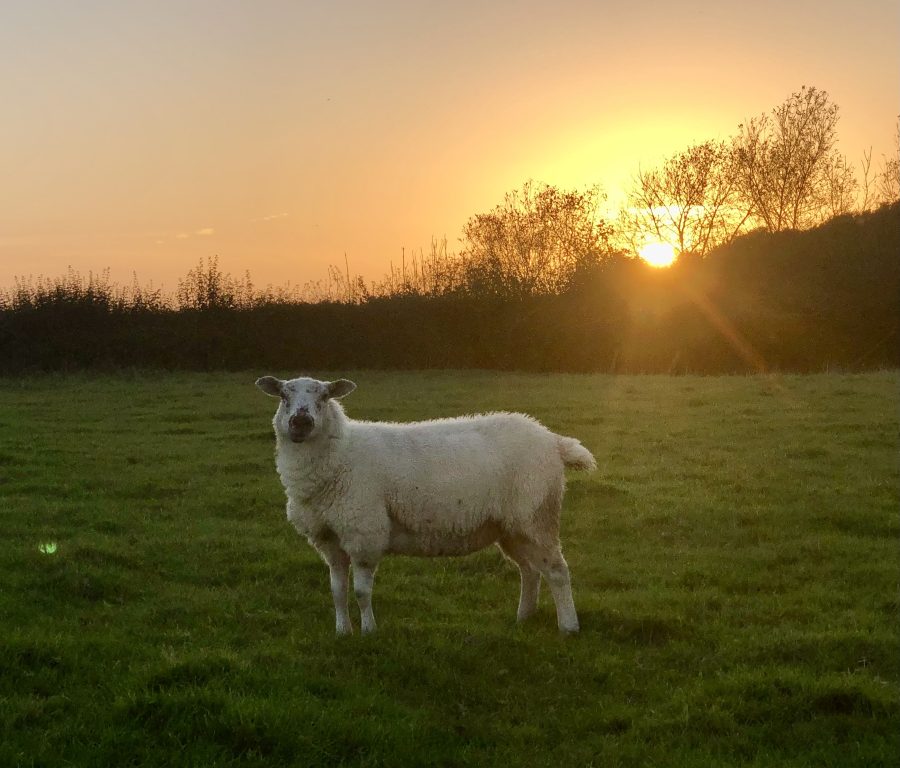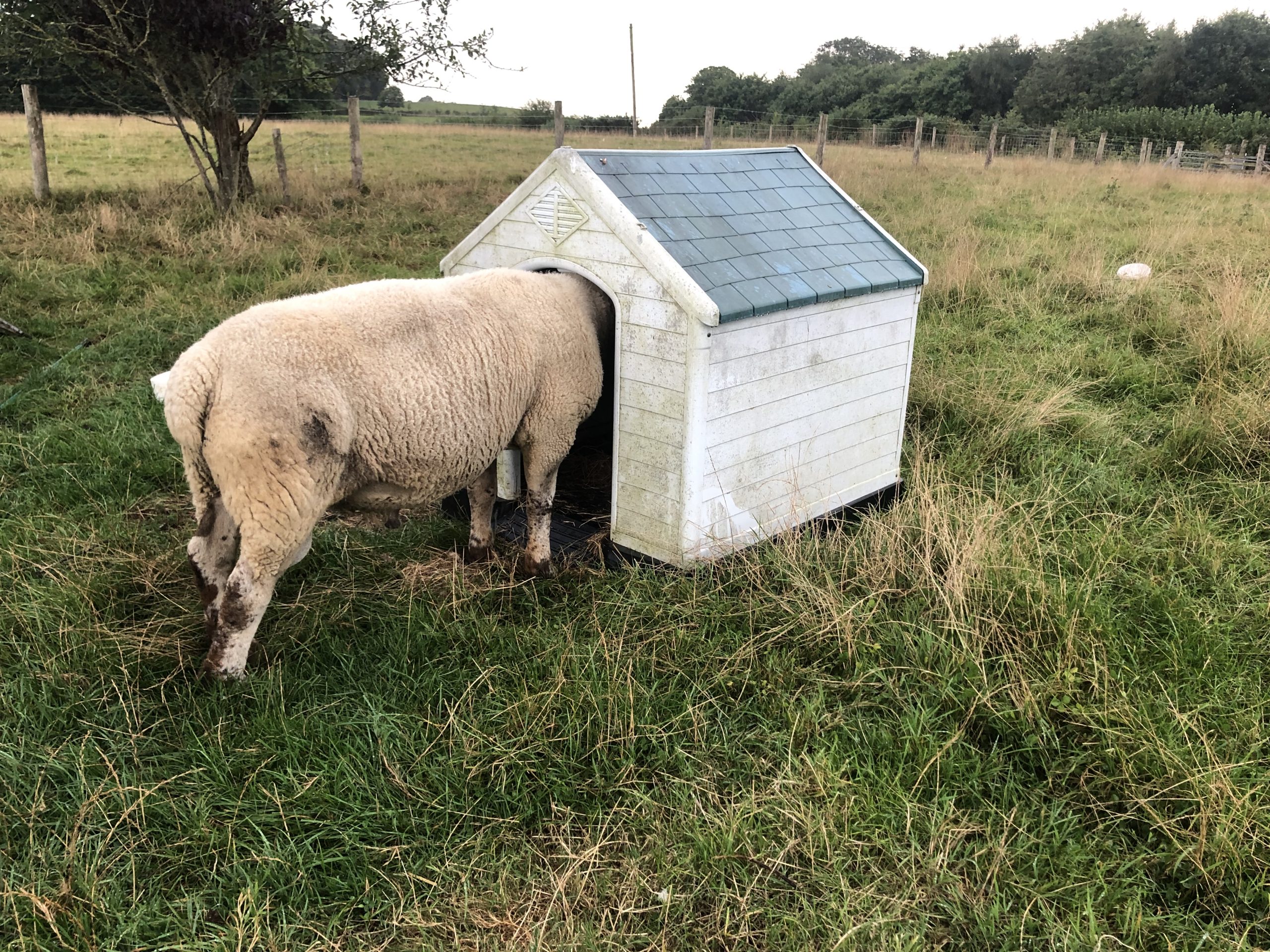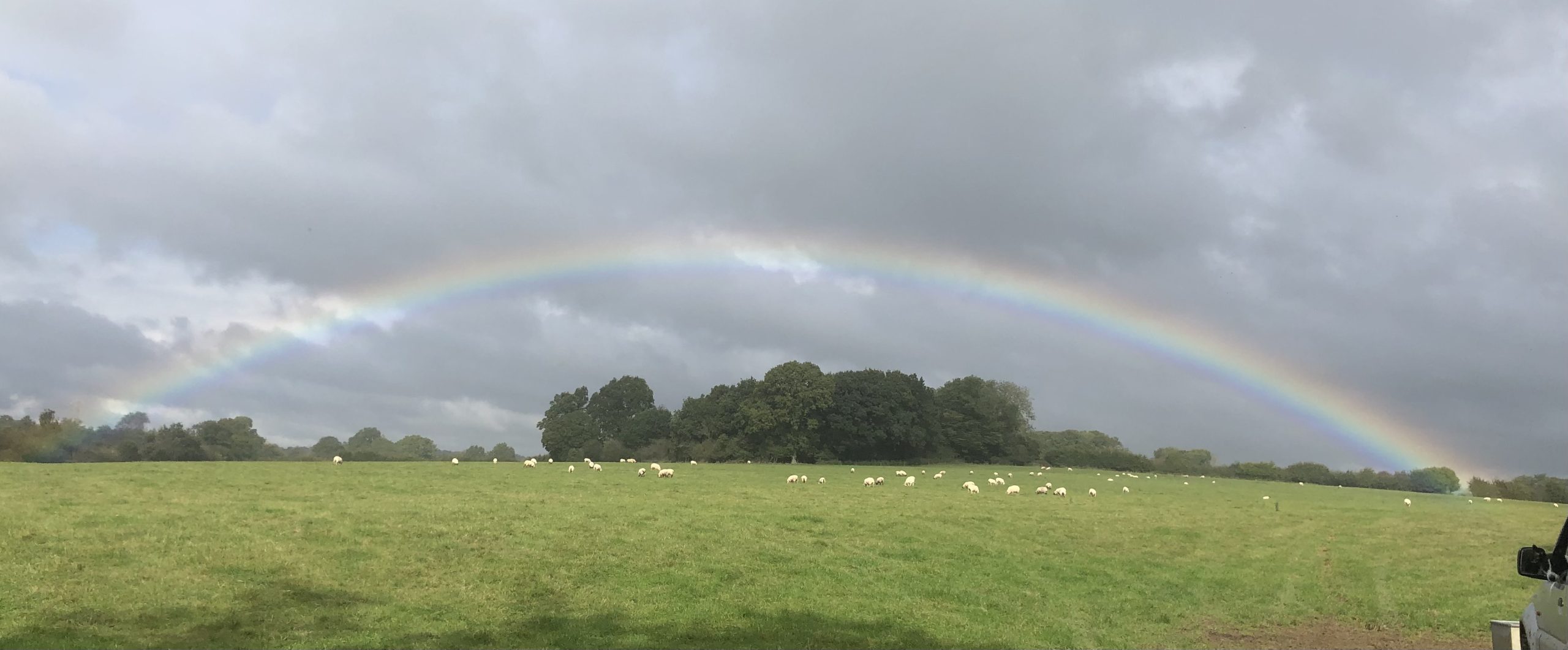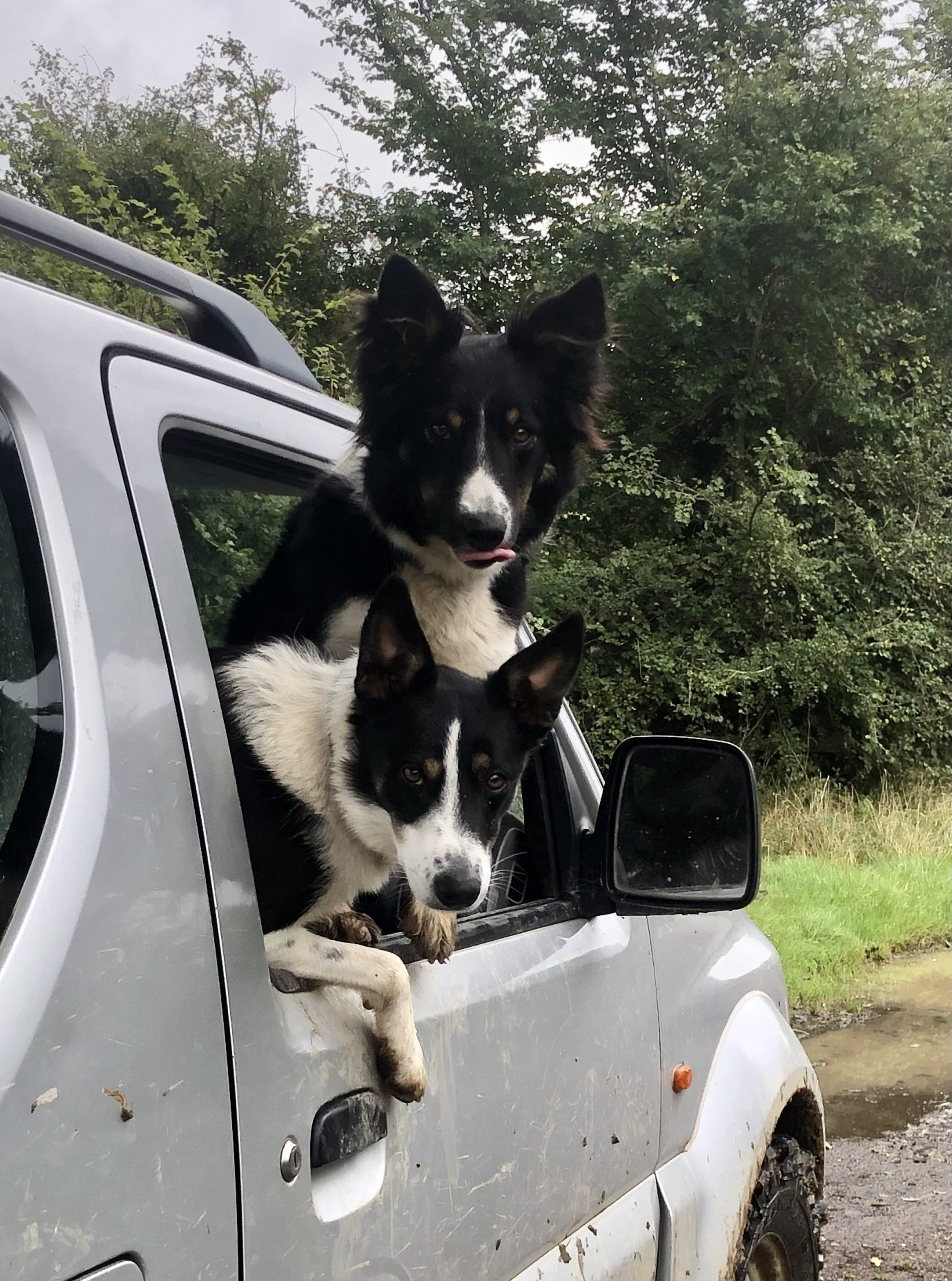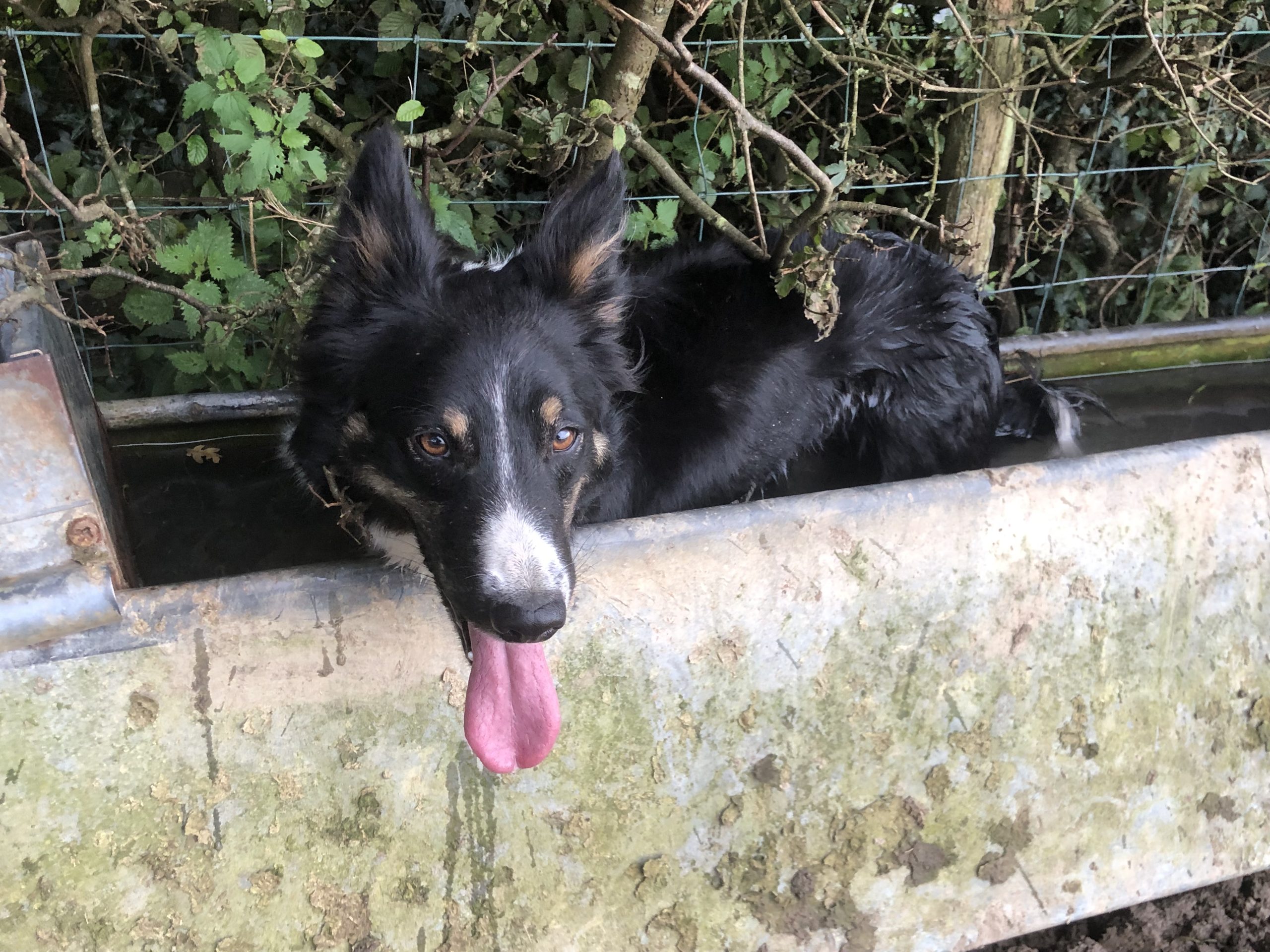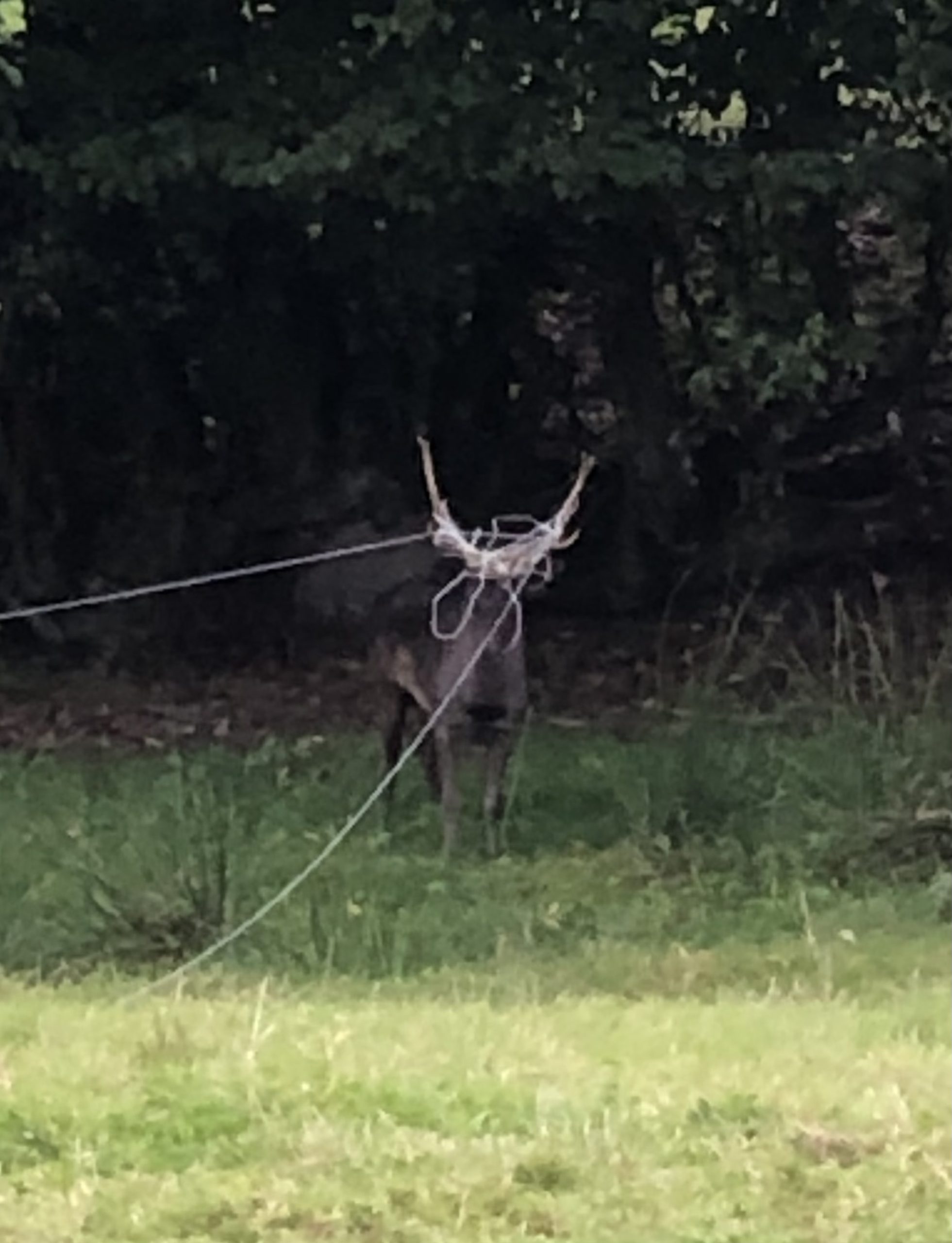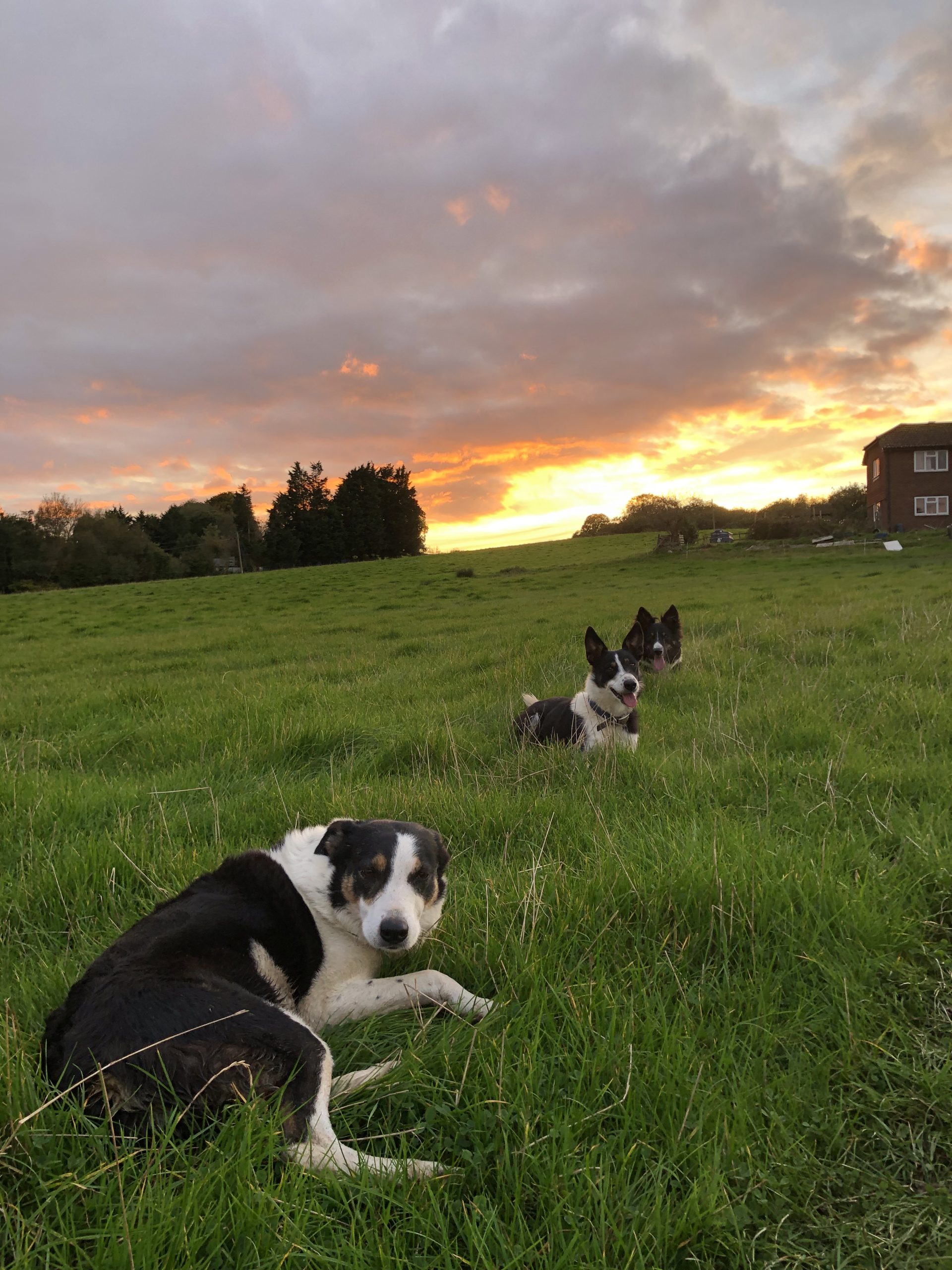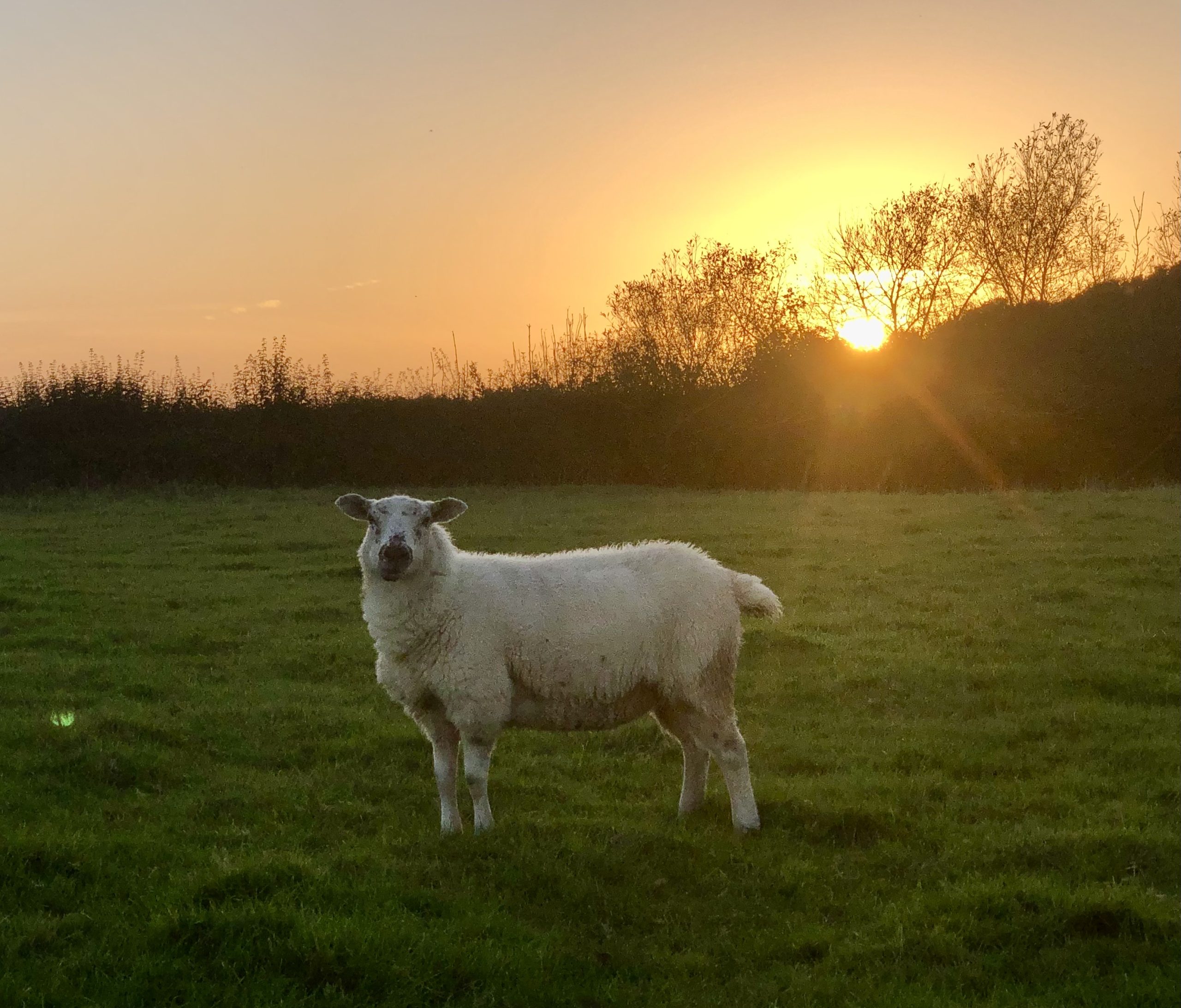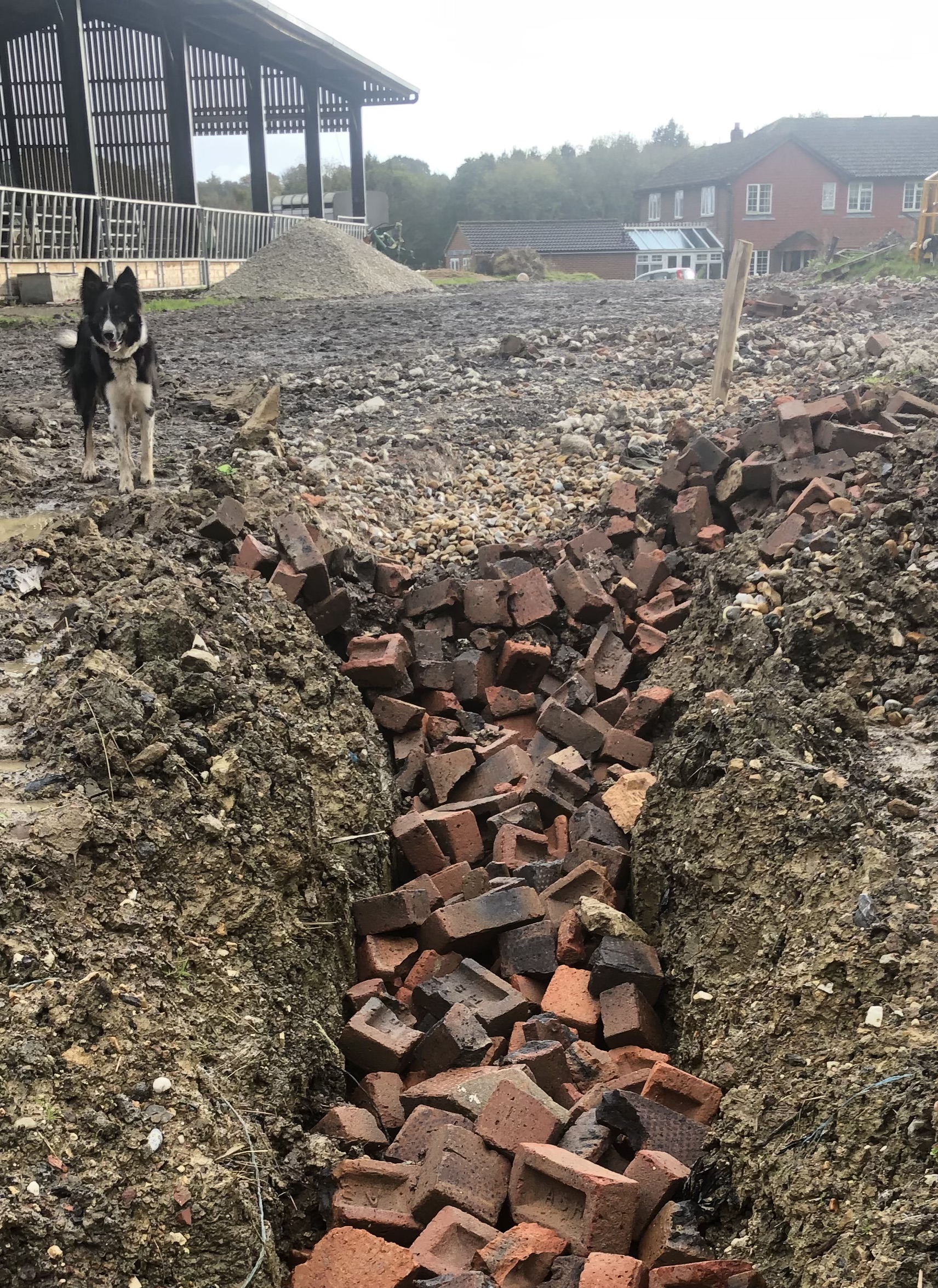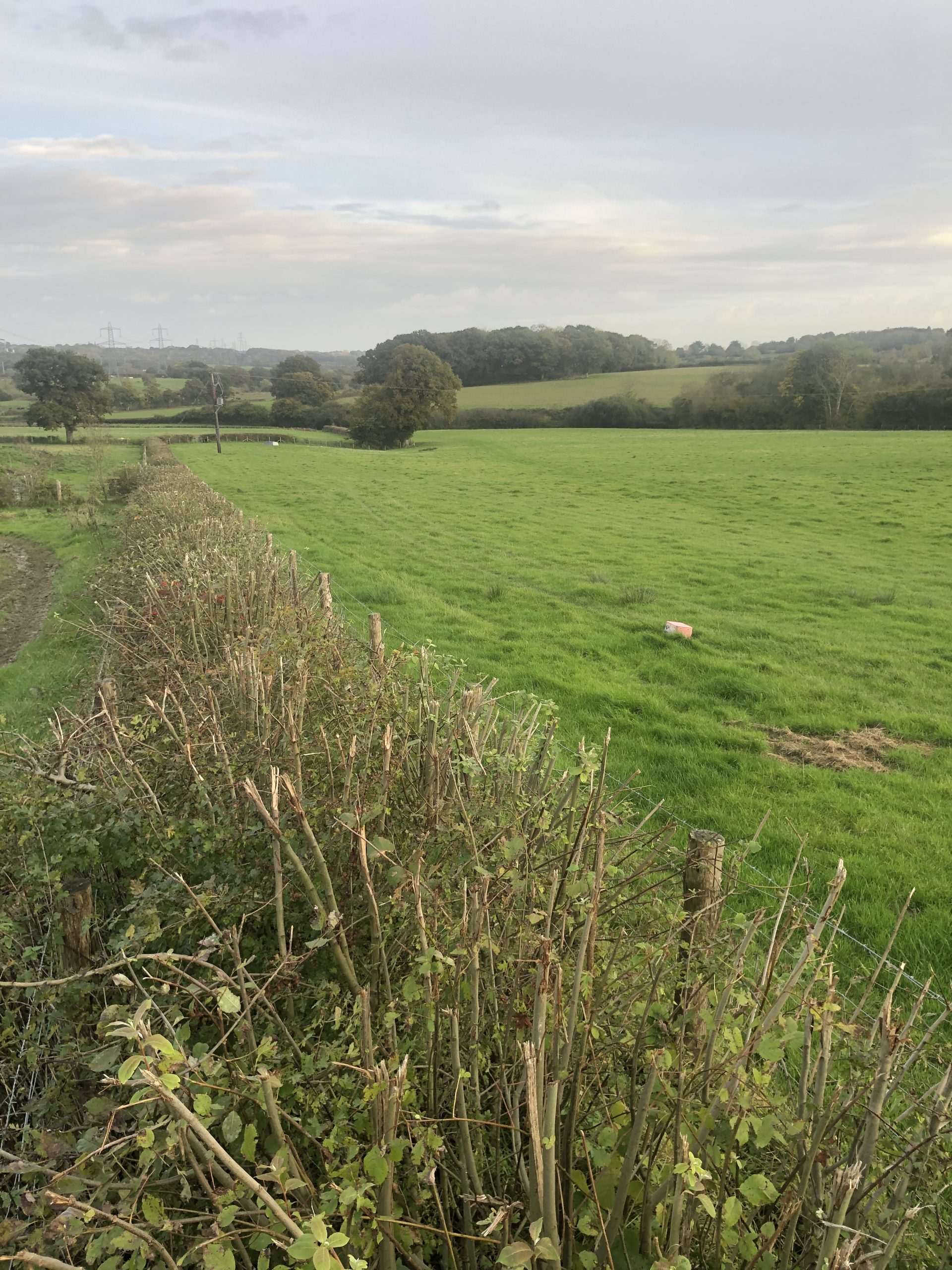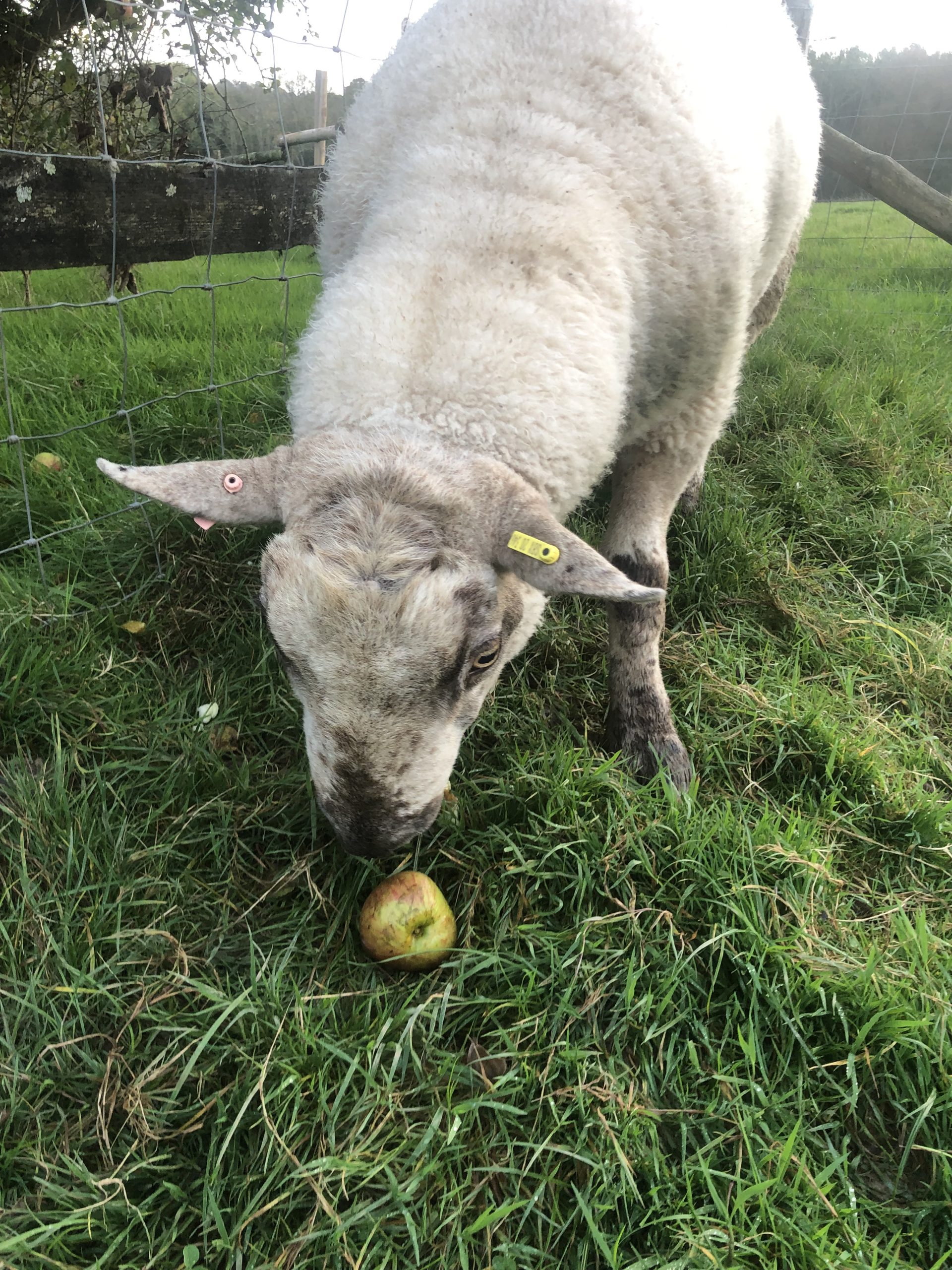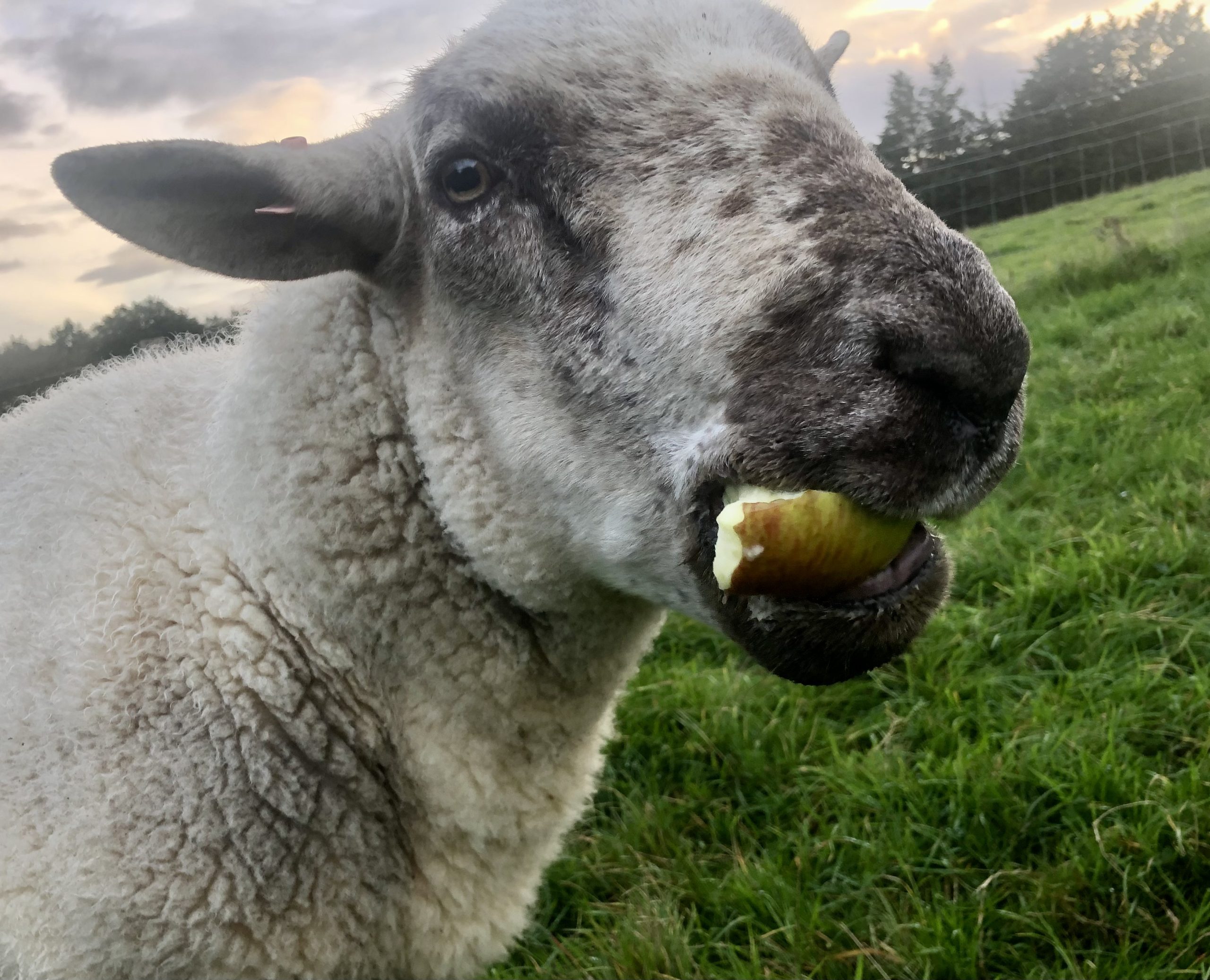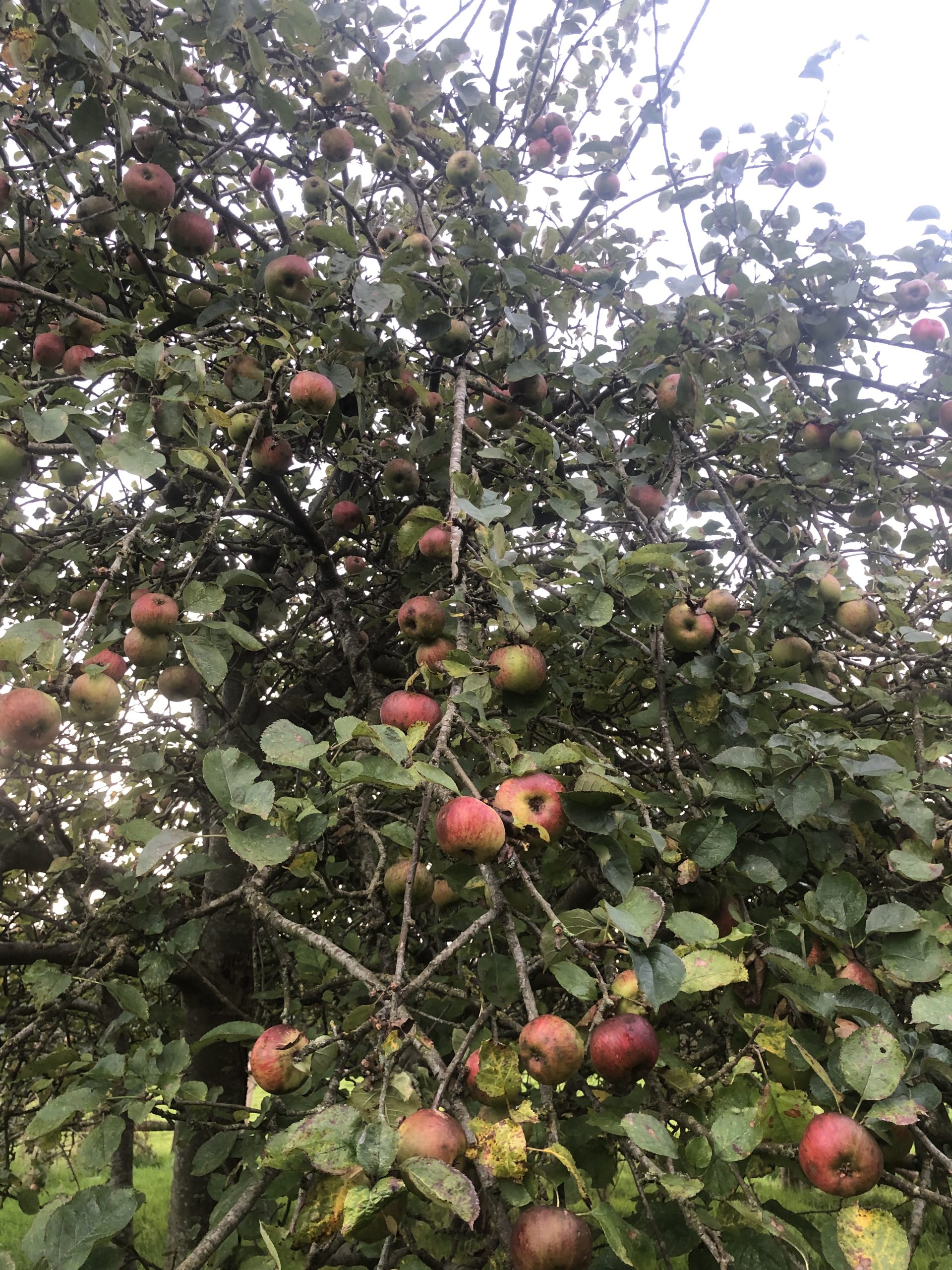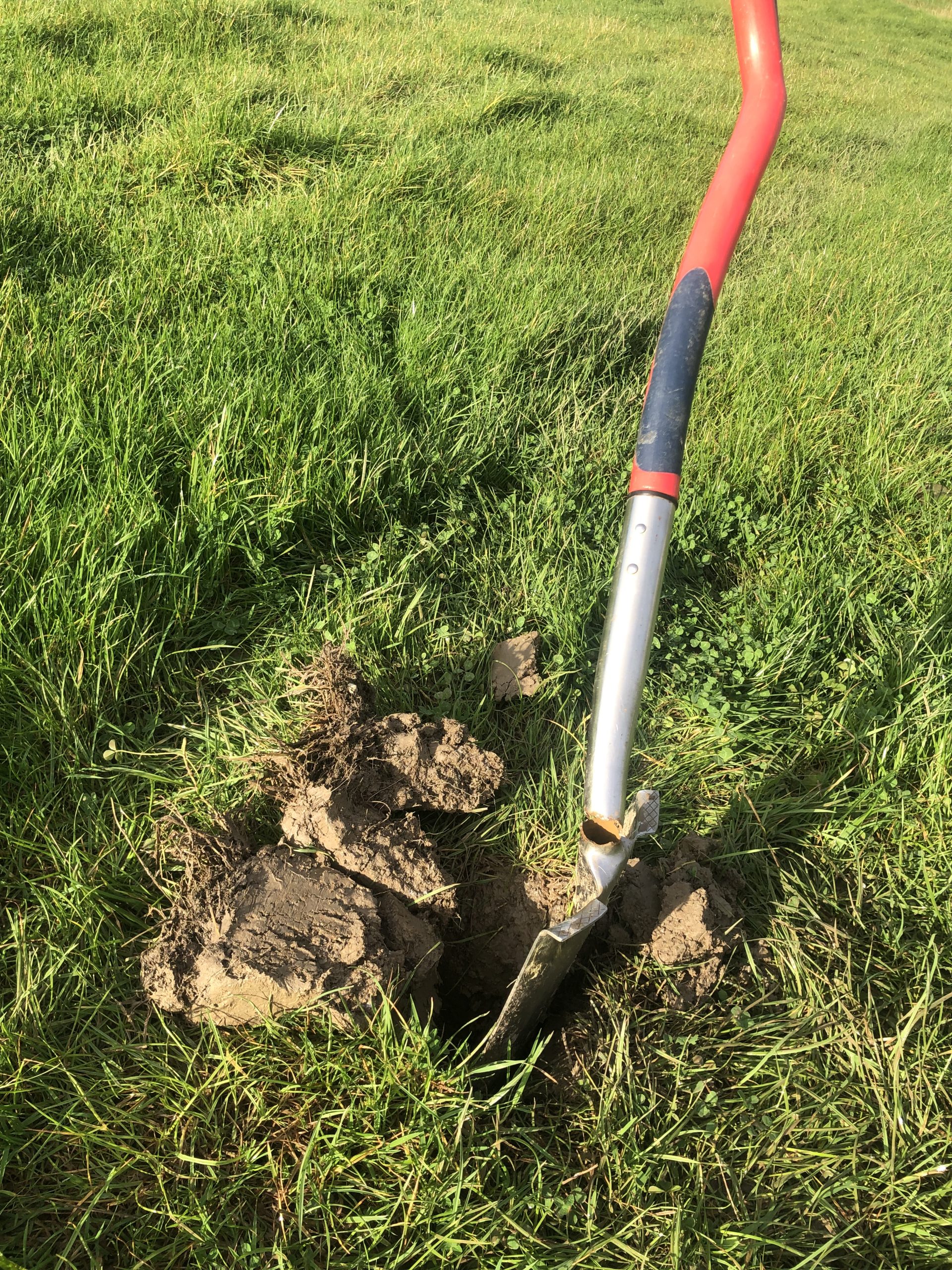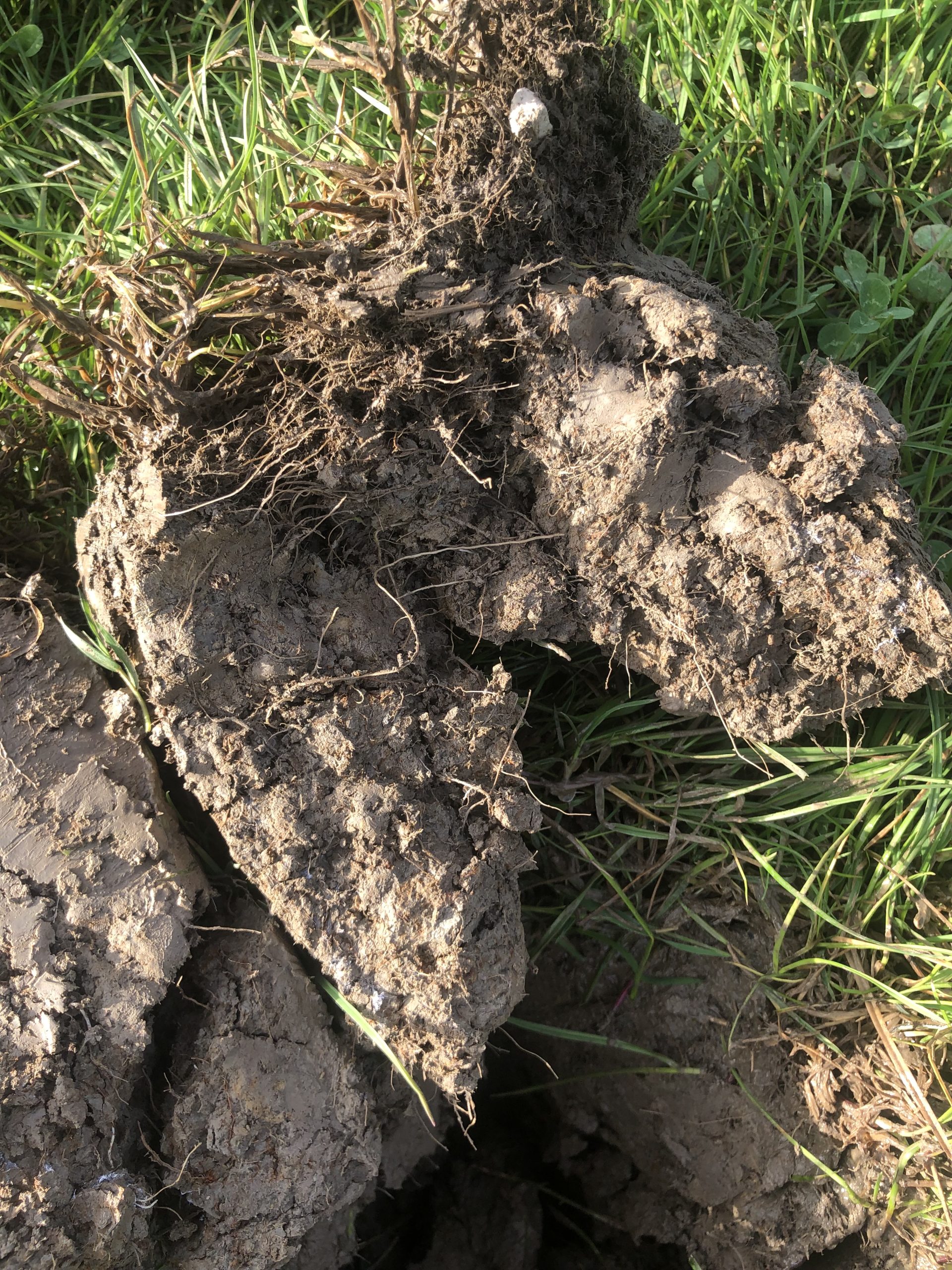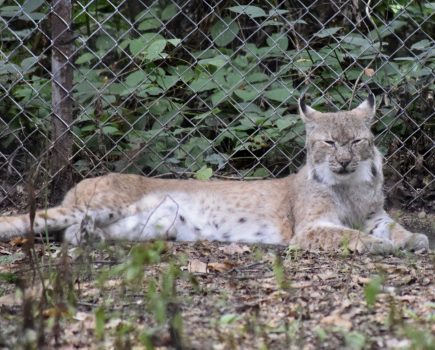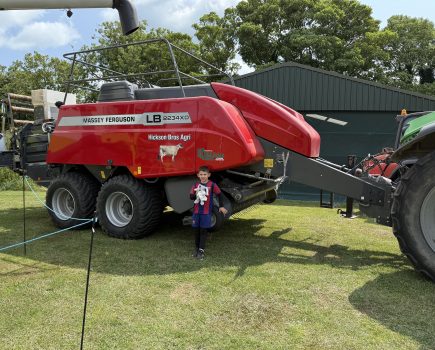“I’ve just picked a rose from my garden, which is ridiculously early,” exclaimed my sister in New Zealand. At the same time, I was thinking that my roses were still flowering, which seemed unusually late.
We both agreed that the seasons are changing, merging into unpredictable and indistinct patterns. Our conversation somehow reiterated that climate change is a global issue. Oddly enough, I found it comforting to realise that farmers around the world are also facing the challenges that this shift has caused.
Our weather has been exasperating lately; just when it seems the ground is starting to dry out, down comes the rain in biblical proportions. Although, on the plus side, it has thoroughly tested our newly created farmyard French drains and we’re impressed by how well they function. Throughout October our marshes have mostly been under water as Nunningham stream has frequently overflowed, so when I saw an event entitled The weatherproof farm aimed at grazing and mixed operations, I signed up to attend.
Attendees were requested to bring waterproofs, boots and a spade. Thankfully the sun was shining, so waterproofs weren’t needed and boots were optional, but unfortunately my spade, which is more used to digging heavy clay, broke when it encountered chalk.
The morning session was held in the learning barn on the Downs, where Neils Corfield gave an insightful talk on soil management. He explained how we could improve soil structure, root growth and sward health, all of which help with water infiltration and retention, which is beneficial in wet and drought conditions.
On the topic of grazing management, Neils suggested using electric fencing to implement mob type rotational grazing, with optimal moves every one to two days. This, he explained would avoid stock from grazing too close to the roots, which stunts plant growth. He recommended a rest period of at least 60 to 90 days. It was generally mooted that moving electric fences was not everyone’s favourite task, although modern systems are more efficient and user-friendly. Research shows that by using this method it’s possible to double your stocking rates.
Neils advised that using mechanical tools like a roller slitter or a grass subsoiler could help to fracture compacted soil. We learned that mineral intervention, such as applying gypsum, can also enhance water infiltration rates. Introducing a diverse seed mix into your pasture, including herbs, legumes, grasses – including deeper rooted ones – and flowers will further improve soil health.
In the afternoon, under supervision, we dug up soil samples to examine their structure. Those taken near hedges or fences generally looked better than those from the open field. We measured infiltration rates by hammering a small metal cylinder 7.5cm into the soil and pouring water into the top 2.5cm above ground and timing how long it took to soak in. It was an informative day.
In my experience electric fencing can be challenging. We’re currently using one line around the perimeter of a field bordering some woodland where cattle are grazing. First, I noticed the fencer wasn’t working, then I found wire had come loose from the corner posts. I deduced that it had shorted out and drained the battery. After reattaching the wire to the posts, I noticed that the line seemed to be bouncing up and down. I called my companions (the collies) into heel, and as we rounded the next corner, we encountered a stag with a considerable length of our fencing wire tangled in his antlers.
No wonder the line was so active – it was still attached to the stag. This powerful beast was none too pleased about his predicament. There was no way I could safely get close enough to help untangle him, so I made a phone call. As we were hatching a plan, the stag became more agitated, jumping in the air and wielding his antlers with alarming ferocity.
Eventually the line snapped and he bolted into the woods, taking a significant length of our fencing with him.
Fortunately, there was enough line on the reel to replace the deficit. I fetched a fully charged battery and reinstated the fence. Since then, we’ve caught glimpses of this stag; perhaps his harem is admiring his new ‘decoration’. Hopefully, he won’t become a trendsetter.
Warm, wet conditions create ideal breeding grounds for parasites. We’ve used a one-off dose of Zolvix for my lambs. They’re looking better, but I’ll see what the 14-day post-worming faecal egg count reveals. I plan to sell as fat, but selling as stores might have been less stressful, especially considering the challenges of bluetongue and the complications of restricted zones. These restrictions certainly didn’t help the breeding markets.
The European continent is already dealing with BTV3, so the UK’s restrictions seem baffling to me, unless they plan to impose them on the midges, too. Perhaps AI could offer a solution, maybe by communicating with infected midges and persuading them to stay within the restricted zone. Regardless of the rules imposed on farmers, if our animals get infected with BTV3 we’ll be responsible for their care. Vet fees, medicine costs, losses and disposal expenses will hit our bottom line.
My present concern is whether or not to vaccinate. As I’m about to put the tups in with my ewes, I’m thinking now isn’t the best time for vaccination. If we have another mild winter, there’s a high chance BTV3 will be more of an issue next year, in which case I’ll reconsider.
We didn’t get long to cut field hedges, did we? We managed some but there’s still plenty to do, and now it’s already too wet. My other half had five attempts to get up a slippery slope in his Isuzu truck, whereas my little Suzuki Jimny (with mud tyres) zipped up with no trouble at all. I’ve changed its registration to limited use and it’s proving to be a great agriculture vehicle.
Our apple trees performed better than our plums this year, so apples (in all forms) are currently featuring heavily in most of our meals. They say “an apple a day keeps the doctor away”. Perhaps the sheep should try it; on second thoughts, as I recall some escapees overindulged once, and it didn’t end well.
- When it’s raining Mr Bump stands with his head under cover
- More rain? Gold in my field of lambs
- My companions waiting for me to shut the gate
- Cooling off time
- Stag with our fencing attached
- Lovely sunset
- My favourite ewe
- French drain construction, bricks topped with shingle
- Hedge cutting should help young hedges fill out
- Mr Bump trying ‘an apple a day’
- Hope it makes his bumps less fierce
- Loads of apples
- Digging holes, spade not fit for purpose
- Our soil sample

